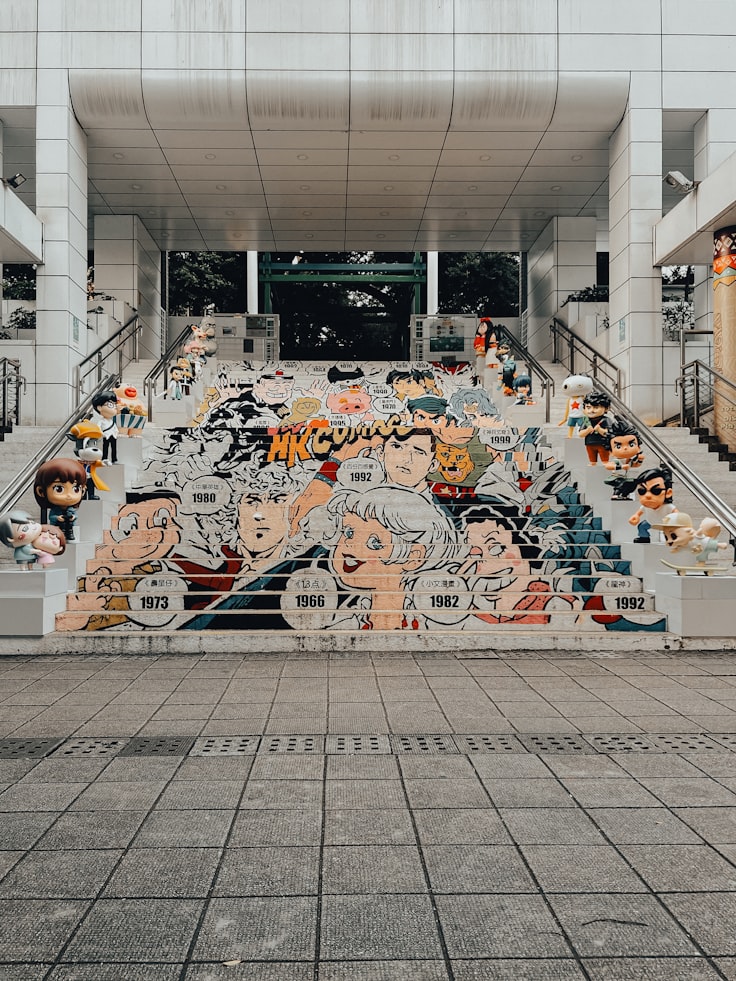Imagine a bustling digital marketplace, where vibrant colors pulsate with life. Small animated characters dance between bold graphics, and videos spiral through a kaleidoscope of eclectic sounds. It’s a world where creativity knows no bounds, and innovation is the currency. This is the essence of web culture art, a fluid and constant evolution shaped by technology, social dynamics, and collective expression.
As we navigate this expansive digital landscape, it’s fascinating to observe how art trends ebb and flow, much like the tides of the ocean. Each wave brings with it new ideas, styles, and movements. One of the most striking trends today is the rise of vibrant, animated illustrations that inject a sense of joy and whimsy into the otherwise numbing scroll of social media feeds. These eye-catching graphics are not just decoration; they are stories in motion, designed to captivate and engage audiences in a way static images simply can’t. Animated gifs, once relegated to internet memes, have evolved into sophisticated art forms, often used by brands and artists alike to convey emotion and narrative.
Another trend making waves is the integration of augmented reality (AR) into the art experience. Artists are now creating pieces that leap off the screen, inviting users to interact with their work in real time. Augmented reality adds a layer of immersion, allowing viewers to step into a painted world or manipulate digital elements with just a swipe of their finger. It’s not just a trend; it’s a new language of creativity, where visual art transcends traditional boundaries and creates a dialogue between the physical and the digital.
Social media platforms have undeniably reshaped the landscape of art. The democratization of creativity means that anyone with a smartphone can contribute to the artistic conversation. Platforms like Instagram and TikTok have become massive galleries, showcasing everything from digital installations to street art documented through a lens. This accessibility fosters a diverse range of voices and styles, ensuring that niche aesthetics can thrive alongside mainstream trends. Artists are breaking away from the exclusivity of galleries and reaching global audiences, effectively changing the way art is consumed and valued.
Ethical considerations are also at the forefront of web culture art. In this digital realm, conversations around copyright, appropriation, and fair use have become central to the artistic process. Creators are increasingly aware of the need to navigate these issues thoughtfully, leading to a movement that prioritizes transparency and respect for original work. This shift reflects a growing maturity in the artistic community, where collaboration rather than competition is becoming the norm, promoting a culture of shared inspiration and mutual growth.
The blending of cultures is another significant trend driving web culture art. As artists from various backgrounds come together online, they create cross-pollinated works that draw from a rich tapestry of influences. Latin American folk motifs, Japanese anime, and African tribal patterns can be seen mingling in digital art spaces, resulting in unique hybrids that celebrate diversity and cultural narratives. This global collaboration not only enriches the art form but also fosters understanding and connection among disparate communities.
Sustainability is yet another thread woven into the fabric of web culture art. With growing awareness of environmental issues, many creators are reflecting on their practices, opting for sustainable materials and eco-conscious themes in their work. This trend encourages a dialogue about the role of art in societal change, challenging artists to consider not just what they create, but how and why they create it.
What’s remarkable about web culture art trends is their adaptability. As technology advances, so too does the way we experience and create art. Virtual reality is beginning to provide new canvases for artists, crafting experiences that can envelop viewers in a wholly immersive artistic environment. And as we edge closer to an era of artificial intelligence, the conversation surrounding the role of AI in creativity continues to spark debate and inspire innovation.
In this ever-evolving landscape, one thing is clear: web culture art is not a static phenomenon. It’s a living, breathing entity that reflects our collective experiences, aspirations, and identities. It blends playful experimentation with thoughtful consideration

